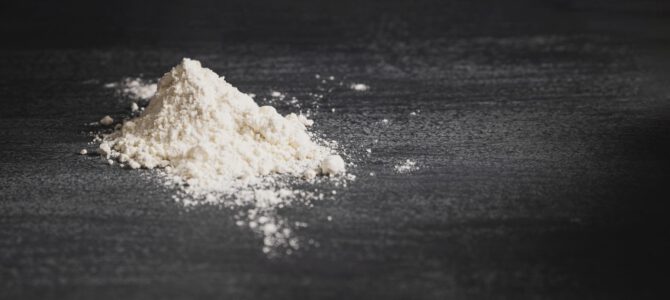#TitaniumDioxide #TiO2 #RiskAssessment
The European Court of Justice confirmed the annulment of the classification of titanium dioxide (TiO₂) in powder form as “suspected of causing cancer by inhalation,” pointing to methodological deficiencies in the basic studies. This substance remains widely used in paints, plastics, cosmetics and medicines, and its potential health effects – especially genotoxicity and risks related to nanoparticles – are still the subject of ongoing research.
What is TiO₂ and where is it used?
Titanium dioxide is one of the most commonly used pigments in the world – its production reaches millions of tonnes annually. It is primarily used in:
- paints, coatings, plastics and paper,
- cosmetics (e.g. toothpastes, sunscreen products as a UV filter),
- pharmaceuticals (as colouring agent E 171),
- and until 2022 also as a food additive (E 171).
Research and classification – controversies
- Genotoxicity: In 2021 EFSA concluded that the genotoxic potential of TiO₂ could not be excluded, which led to the ban on the use of E 171 in food throughout the EU.
- Carcinogenicity: Since 2006 IARC has classified TiO₂ as “possibly carcinogenic to humans” (Group 2B), based on animal studies which showed lung cancer after prolonged inhalation of high doses of respirable particles (< 10 µm). In 2020 the European Commission harmonised the classification of TiO₂ in this category, but the decision was annulled by the General Court.
The CJEU confirmed that the studies underlying the classification did not sufficiently take into account biological mechanisms such as lung overload nor the physicochemical properties of the particles. Consequently, it was recognised that it cannot be concluded that TiO₂ possesses an intrinsic carcinogenic property.
Risk assessment vs hazard assessment
The rulings underline the difference between hazard assessment (typical for CLP, which identifies potential harmful properties of a substance) and risk assessment (which considers actual exposure, its dose, duration and route of uptake). TiO₂ may constitute a hazard only under very specific conditions – e.g. during prolonged and intensive inhalation of dust containing respirable particles.
Particle size and exposure routes
- Particles > 10 µm: retained in the upper respiratory tract, considered less problematic,
- Particles ≤ 10 µm: can reach the lungs, cause inflammation and fibrosis,
- Nanoparticles (< 100 nm): penetrate into pulmonary alveoli, where they may induce inflammation and mechanical damage.
Potential risks vary depending on the exposure route:
- Inhalation – the greatest risk,
- Oral ingestion – EFSA points to particle biopersistence and possible genotoxic effect,
- Dermal contact – no evidence of absorption or systemic effects.
Examples of uses in products:
- Sunscreens: nano-TiO₂ at concentrations up to 25% has been assessed as safe – it does not penetrate into the bloodstream, and is regulated under the Cosmetics Regulation.
- Toothpastes: safety assessment by SCCS is still ongoing.
- Medicines: E 171 remains permitted as a colouring agent in medicinal products under Directive 2009/35/EC.
Significance for industry and consumers
The CJEU decision means that the current classification of TiO₂ in powder form as a substance “suspected of causing cancer” is no longer applicable in EU law. This is particularly important for industries that widely use TiO₂ – paints, coatings, cosmetics and pharmaceuticals. At the same time, research on the genotoxicity and safety of TiO₂, in particular in nano forms, will continue.
Source: ECHA – Guide on classifying and labelling titanium dioxide
